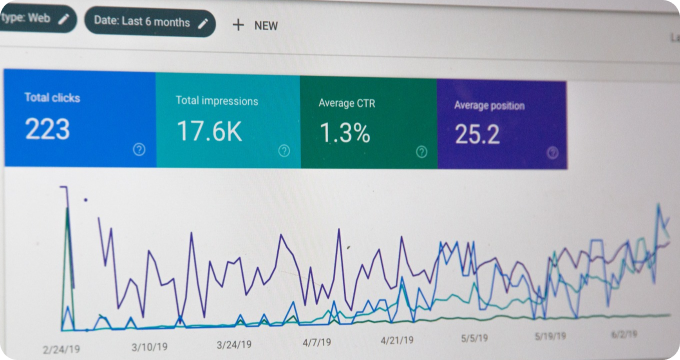4 Things I Wish I'd Known About Dual Diploma Programs Before Enrolling
- November 14, 2023
- 2 minutes
The realm of education is constantly evolving, seeking innovative ways of fostering intellectual growth and development. In recent years, an intriguing proposition has emerged - the concept of Dual Diploma Programs (DDPs). In essence, DDPs are specialized educational programs that allow students to simultaneously earn two distinct qualifications at an undergraduate or postgraduate level. Nonetheless, enrolling in these revolutionary programs can be a perplexing labyrinth for the uninitiated. Drawing from personal experiences and research, here are four aspects about DDPs I wish I had been cognizant of before embarking on my own academic journey.
-
Bifurcated Study Load: The first and perhaps most obvious aspect of DDPs is the augmented study load. With two disciplines or majors to master, the workload can often be double that of a regular program. However, the perceived burden must also be seen in light of the Pareto principle or the 80/20 rule, a concept borrowed from economics. The principle states that, for many events, roughly 80% of the effects come from 20% of the causes. Applied here, it suggests that effectively focusing on the most significant 20% of the syllabus can yield 80% of the desired outcomes or understanding. Hence, the optimal utilization of time and resources can make the gargantuan task of juggling dual degrees more manageable.
-
Enhanced Interdisciplinary Understanding: The beauty of DDPs lies in their potential to foster interdisciplinary understanding. By studying two separate fields, one can cultivate a unique perspective that synthesizes knowledge from both domains. This synthesis often fosters creative problem-solving and innovative thinking, as it allows one to approach a problem from multiple angles. For instance, a student pursuing a DDP in Economics and Computer Science could leverage algorithmic thinking to better understand economic models, making this synthesis of knowledge an invaluable asset.
-
Financial Implications: Pursuing a DDP can have significant financial implications. Often, these programs charge higher tuition fees due to the comprehensive coverage of two separate disciplines. This can be conceptualized through the lens of opportunity cost, a fundamental economic principle which refers to the potential benefit an individual misses out on when choosing one alternative over another. In this context, the extra tuition fees could arguably be invested elsewhere for potentially higher returns. However, the increased earning potential and employability afforded by a DDP could offset these costs over time.
-
Career Flexibility and Specialization: The final point concerns career flexibility and specialization. A DDP provides students with the ability to switch between fields, thereby offering greater career flexibility. Furthermore, it enables them to specialize in interdisciplinary areas where their dual degrees intersect. This is particularly important in today’s job market, where employers are increasingly valuing interdisciplinary skills and knowledge. However, it is crucial to consider the tradeoff between breadth and depth. While DDPs offer a broader understanding of multiple fields, they may not allow for the same depth of knowledge in one particular area as a single degree program.
Navigating the waters of dual diploma programs can indeed be challenging. Equipped with these insights, prospective students can make an informed decision about whether DDPs are the right fit for them. Despite the challenges, these programs offer a unique learning experience and a competitive edge in the job market. In the words of Seneca, the Roman Stoic philosopher, “Difficulty strengthens the mind, as labor does the body.” The hard work put into mastering two disciplines can potentially yield significant intellectual, personal, and professional rewards.
Learn More
Unleash your academic potential and broaden your horizons by diving deeper into our enlightening blog posts about dual diploma programs. For a comprehensive view, the reader is encouraged to explore our meticulously compiled rankings of Top Dual Diploma Programs.
Popular Posts
-
 11 Compelling Reasons Why You Need to Enroll in a Dual Diploma Program
11 Compelling Reasons Why You Need to Enroll in a Dual Diploma Program
-
 How to Budget Effectively for Dual Diploma Programs
How to Budget Effectively for Dual Diploma Programs
-
 Ask These Questions to a University Advisor to Choose the Right Dual Diploma Program for You
Ask These Questions to a University Advisor to Choose the Right Dual Diploma Program for You
-
 How to Hire the Best Candidates from Dual Diploma Programs
How to Hire the Best Candidates from Dual Diploma Programs
-
 4 Things I Wish I'd Known About Dual Diploma Programs Before Enrolling
4 Things I Wish I'd Known About Dual Diploma Programs Before Enrolling






